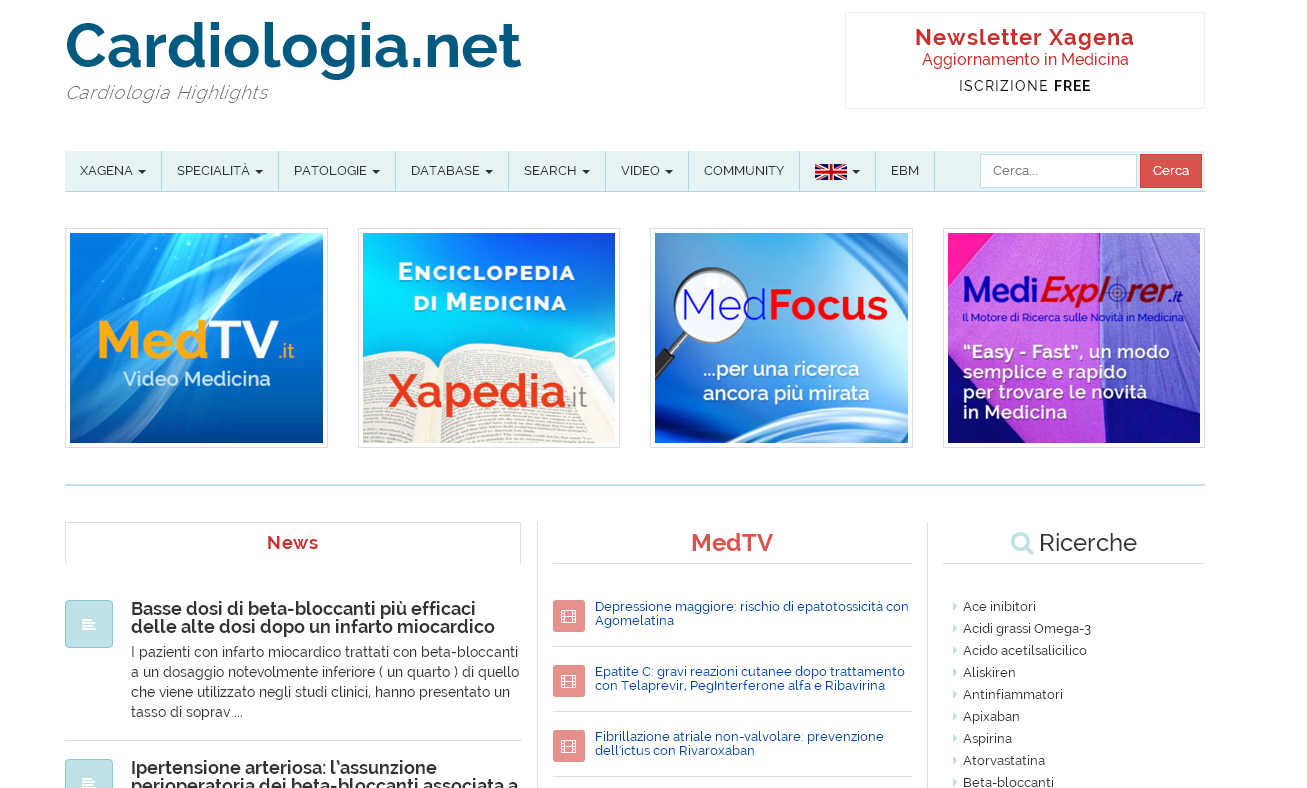L’importanza di tenere basso il rapporto tra colesterolo LDL e colesterolo HDL e come farlo attraverso l’attività sportiva
Per molte persone il controllo del colesterolo LDL non necessita di farmaci, è sufficiente fare attività fisica
Secondo Giulio Stefanini dell’Istituto Clinico Humanitas di Rozzano ( Milano ) quando si parla di colesterolo in eccesso, non bisogna guardare soltanto il dato isolato del colesterolo LDL, ma è necessario considerare il rapporto tra LDL e quello HDL.
Lo sport influisce positivamente soprattutto sul colesterolo HDL, che tende ad aumentare nei soggetti che praticano regolare attività sportiva, abbassando quindi il rapporto tra LDL e HDL e portando degli effetti protettivi a livello cardiovascolare.
Inoltre, se si ha il colesterolo LDL alto a causa di uno stile di vita poco sano, iniziare a fare sport permette di regolare anche un eventuale eccesso ponderale a livello addominale ( un eccessivo accumulo di grasso corporeo ) e di conseguenza diminuisce il rischio cardiovascolare causato dal colesterolo LDL alto.
Giulio Stefanini: “ Si consiglia un’attività sportiva moderata di tipo aerobico, 5 giorni alla settimana per 30 minuti, ad esempio una camminata a passo svelto. Si può anche svolgere un’attività più intensa, come una corsa leggera, una sessione di nuoto o il pilates, da svolgere 3 giorni alla settimana per 45 minuti. Questa attività ovviamente deve andare di pari passo con una dieta bilanciata ”.
L’attività sportiva incide anche sulla regolazione della pressione arteriosa.
( Fonte: Sintesi del testo pubblicato da Gazzetta dello Sport – LINK: https://www.gazzetta.it/salute/per-lo-sport/01-03-2023/abbassare-il-colesterolo-con-lo-sport-l-esperto-spiega-come-fare.shtml?refresh_ce )
–
Safety and efficacy of statin therapy
The 2013 ACC/AHA guidelines on blood cholesterol management were a major shift in the delineation of the main patient groups that could benefit from statin therapy and emphasized the use of higher-intensity statin therapies.
In 2016, an Expert Consensus Panel from the ACC recommended the use of nonstatin therapies ( Ezetimibe and PCSK9 inhibitors ) in addition to maximally tolerated statin therapy in individuals whose LDL-cholesterol and non-HDL-cholesterol levels remained above certain thresholds after statin treatment.
Given the substantial benefits of statin therapies in both primary and secondary prevention of cardiovascular disease, their long-term safety has become a concern.
The potential harmful effects of statin therapy on muscle and liver have been known for some time, but new concerns have emerged regarding the risk of new-onset diabetes mellitus, cognitive impairment and haemorrhagic stroke associated with the use of statins and the risks of achieving very low levels of LDL cholesterol.
The increased media attention on the adverse events associated with statins has unfortunately led to statin therapy discontinuation, nonadherence to therapy or concerns about initiating statin therapy.
A Review has explored the safety of statin therapy in light of the latest evidence and has provided clinicians with reassurance about the safety of statins.
Overwhelming evidence suggests that the benefits of statin therapy far outweigh any real or perceived risks.
Key points
Moderate-intensity and high-intensity statin therapy has demonstrated benefits in reducing the risk of atherosclerotic cardiovascular disease in both primary and secondary prevention.
The most commonly reported adverse effects of statins are statin-associated muscle symptoms ( SAMS ), but whether these symptoms are caused by statin pharmacological effects or by nocebo effects is controversial.
The clinical tool SAMS-Clinical Index ( SAMS-CI ) might help clinicians to assess SAMS.
Although hepatotoxicity has been a previous concern when using statin therapy, data suggest that statins are safe and that levels of liver enzymes do not need to be checked routinely.
Other known adverse effects of statins include a small increase in the risk of diabetes mellitus and a possible increase in haemorrhagic stroke in patients who have had a previous stroke.
Although concerns have been raised about reaching very low levels of LDL cholesterol, data from trials on PCSK9 inhibitors suggest that low LDL-cholesterol levels are safe.
Bhavin B. Adhyaru & Terry A. Jacobson, Nature Reviews Cardiology 2018; 15: 757–769
–


